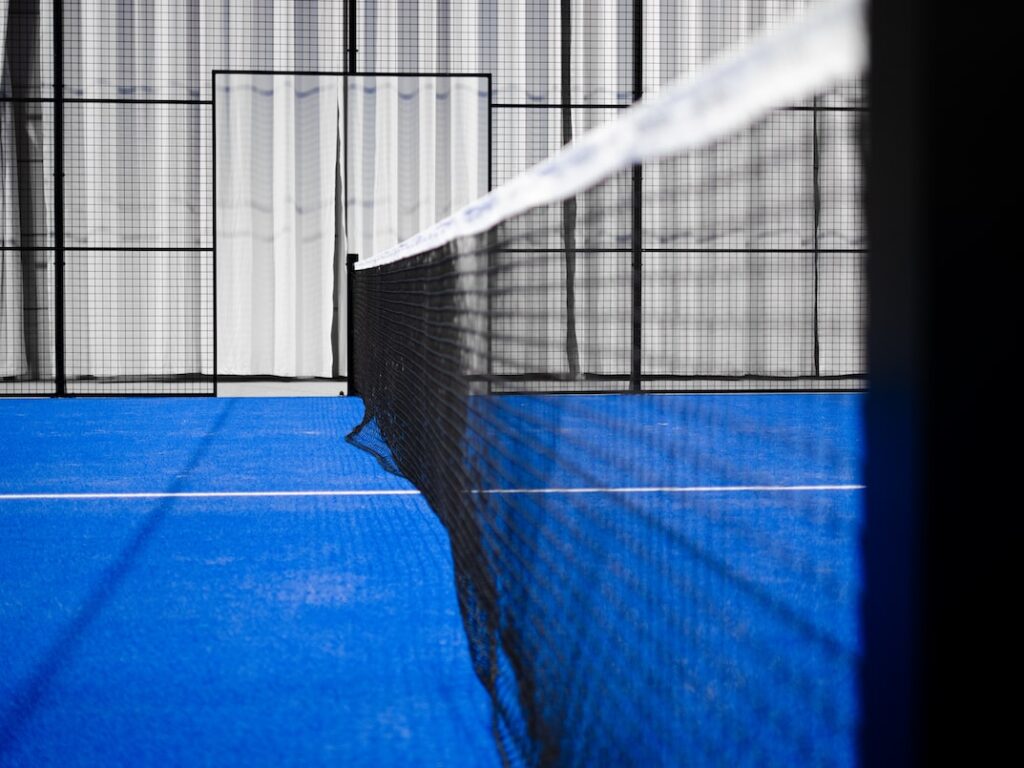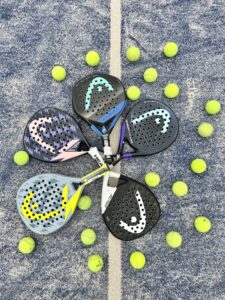Unlocking Padel Court Secrets: A Guide to Understanding and Utilizing Acoustics for Competitive Advantage
3 min read
Unlocking Padel Court Secrets: A Guide to Understanding and Utilizing Acoustics for Competitive Advantage
Padel, the popular racquet sport that combines elements of tennis and squash, has been taking the world by storm. With its fast-paced gameplay and unique court design, padel offers a fun and challenging experience for players of all skill levels.
While many players focus on technique, strength, and strategy to gain an edge over their opponents, there is one often-overlooked factor that can greatly impact a player’s performance – the acoustics of the padel court. Understanding and utilizing padel court acoustics can provide a competitive advantage that may surprise you.
What are Padel Court Acoustics?
Padel court acoustics refer to the way sound travels and reflects within the court. Just like in any other space, sound waves bounce off surfaces, creating echoes and reverberations. In padel, the interaction between sound and the court’s structure can significantly impact the gameplay.
When the ball hits the court, it produces a unique sound. This sound can vary depending on where and how the ball is struck, and it can be used by astute players to gain insights into their opponent’s moves. By understanding padel court acoustics, players can better anticipate the trajectory and pace of the ball, giving them a split-second advantage.
Listening to the Court: Unleashing the Secrets
Now that we understand the importance of padel court acoustics, let’s dive into some strategies for unlocking its secrets:
1. Pay Attention to the Sound
The first step to understanding padel court acoustics is to train your ears to recognize the various sounds produced by the ball hitting different surfaces. Listen carefully to the sound of your own shots and those of your opponent. Does the ball produce a sharp, crisp sound when it hits a particular area of the court? Pay attention and take mental notes.
2. Analyze your Opponent’s Shots
As you become more attuned to the sounds of the court, start analyzing your opponent’s shots. Does their forehand produce a different sound than their backhand? Do they tend to hit the ball with more force when aiming for a specific area? Use these observations to anticipate their moves and position yourself strategically on the court.
3. Adjust your Technique
Now that you have a better understanding of padel court acoustics, you can use this knowledge to refine your technique. Experiment with different shots and observe how the sound changes. By mastering the sound of your shots, you can enhance your control and precision, making it harder for your opponent to read and react to your moves.
4. Mind the Walls
Remember that the court’s structure plays a significant role in acoustics. When the ball hits the walls, it produces distinct echoes. Experiment with shots that utilize the walls to confuse your opponent. By mastering these shots, you can create unpredictable trajectories that are harder to defend against.
Putting It All Together: Gaining the Competitive Edge
Understanding and utilizing padel court acoustics can provide you with a unique competitive advantage. By training your ears to listen and analyze the sounds of the court, you can anticipate your opponent’s moves, adjust your technique, and make strategic shots that are harder to defend against.
Remember, becoming proficient in padel court acoustics takes time and practice. Incorporate these strategies into your training regimen and focus on developing your listening skills. Soon enough, you’ll unlock a whole new dimension to the game and gain a competitive edge that sets you apart from other players.
So, the next time you step onto the padel court, don’t just rely on your physical abilities – listen to the court and let the acoustics guide you to victory.







